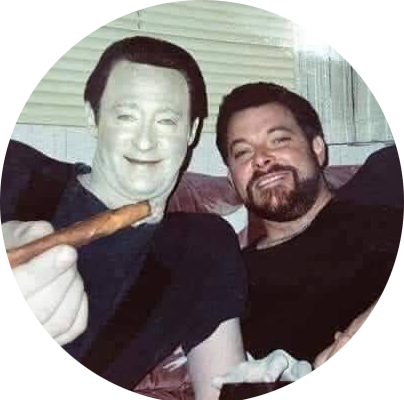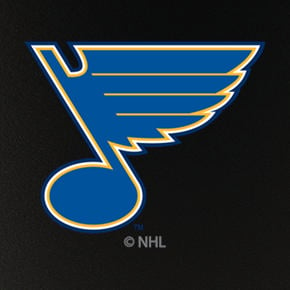Put on your navy, royal and gold sunglasses for a second.
Allow yourself to escape reality and dig deep into your optimism reserves.
Now that you’ve sufficiently entered a state of blissful delirium, consider this: the last time the Blues missed the playoffs, they won the Stanley Cup the very next year. In 2018, they missed the playoffs by one point. In 2019, they lifted the franchise’s first Cup.
This time is a little bit different.
In finishing with 81 points last season, the Blues submitted their first losing season in 15 years and missed the playoffs by 14 points. Even the grandest optimists would have trouble pushing aside their delusion to think St. Louis is in position to contend for the Cup next season.
Count Blues general manager Doug Armstrong among those who understands the differences between the 2018 offseason and this one, which will ramp up as the draft approaches June 28.
“We were different-wise in our cap space,” Armstrong said. “We were different-wise in our maturity. We brought in a lot of new faces that year, a lot of new faces and really good players. We had a young player like Robert Thomas that wasn’t supposed to make our team go on a little bit of a run, too. We’re just not as mature as we were then. We’re not built the same way.
“In ’19, a lot of people had picked us to be in the Final, win the division, win the Cup. I don’t think anyone’s doing that next year, and it’s not our time. I think we’re going to be competitive. I think we can fool people.”
In 2018, Armstrong swung big to change his roster.
The Blues traded for Ryan O’Reilly from Buffalo. They brought back David Perron from his one-year stay in Vegas. They signed Tyler Bozak. They allowed Pat Maroon to come home.
This summer? Unless big money comes off the books via a trade (Armstrong already ruled out a buyout), the Blues’ big acquisition could come in the form of a third-line center.
Throughout the offseason, Armstrong has toed the line publicly in his statements about the Blues.
He’s expressed faith in the roster he built, but he also knows how hard it would be to dissemble it given the contracts on the books. He’s said he doesn’t like the long summer or the high draft pick, and he wants a return to the playoffs, but Armstrong also knows his team is “further away” than just adding one piece. He’s talked about the need for better defense, with hope that better performances from veteran blue liners (and the addition of assistant coach Mike Weber) helps solve the problem.
Asked in a recent meeting with reporters what attributes he would like to add, Armstrong wanted better defending but also wanted to build a team that could succeed in both of the NHL’s seasons.
“It’s also trying to find the balance between being a good regular season team and a good playoff team,” Armstrong said. “You see they’re different animals. I know one thing, we had zero chance to win the Stanley Cup this year because we didn’t make the playoffs. We’ve got to make sure we find a way to get in the tournament.”
Florida’s run to the Stanley Cup Final has given teams hope that simply making the playoffs can allow you to become a contender. But the Panthers were a Presidents’ Trophy team that went through injuries and goaltending issues before becoming healthy and squeaking into the playoffs.
The Blues are not in that position.
In 10 days, the Blues franchise will change — either in the short-term or the long-term.
On the first day of the draft in Nashville on June 28, Armstrong could be the most popular man in hockey outside of Connor Bedard. He’s armed with pick Nos. 10, 25 and 29 and previously has shown a penchant for big trades. If the Blues can turn those picks into a young, controllable asset, Armstrong has expressed a desire to do so. If not, the Blues will have to settle for their highest draft pick since 2008, and their most first-round picks since 2007.
As for next year, Armstrong simply wants the Blues to get back to their identity, “which is being a good team, being good teammates and playing a strong, structured game.”

